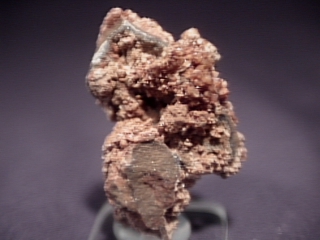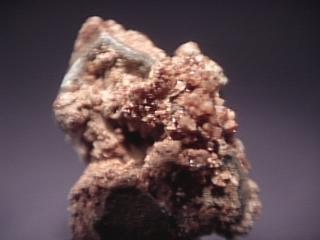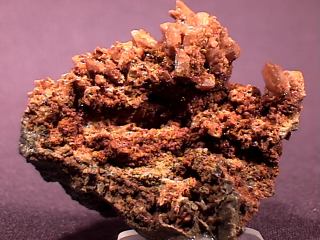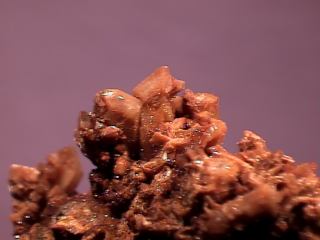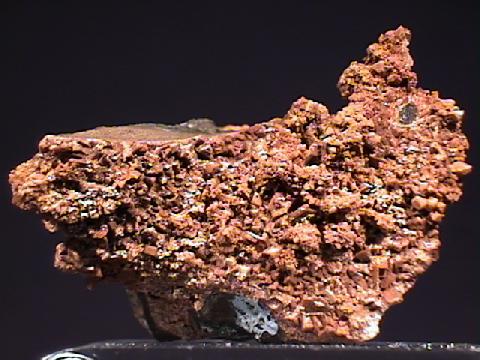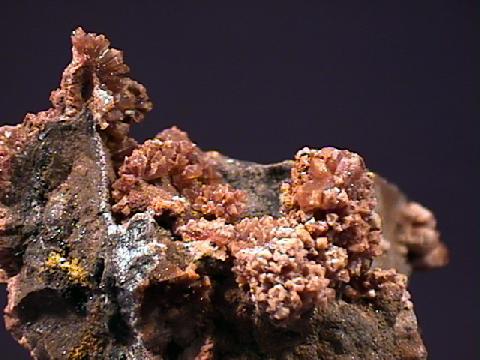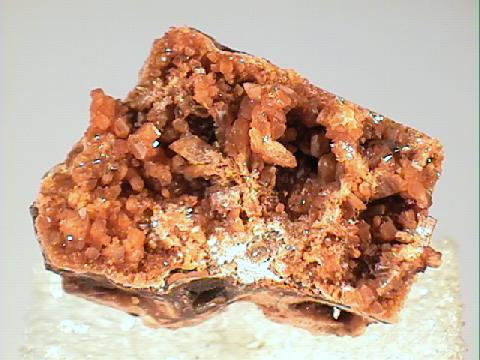 THE MINERAL HOPEITE
THE MINERAL HOPEITE
- Chemistry: Zn3(PO4)2 - 4H2O, Hydrated Zinc Phosphate
- Class: Phosphates
- Uses: only as a mineral specimen.
- Specimens
Hopeite is a rare phosphate mineral but is popular among collectors of rare minerals.
It forms typically well shaped crystals that are often associated with colorful minerals like
lazulite,
another
phosphate mineral.
Hopeite is dimorphous with the mineral
parahopeite.
The two have the exact same chemistry but different structures.
Hopeite is
orthorhombic and parahopeite is
triclinic.
PHYSICAL CHARACTERISTICS:
- Color is colorless, white to off-white, yellow or gray.
- Luster is vitreous.
- Transparency crystals are transparent to more commonly translucent.
- Crystal System is orthorhombic; 2/m 2/m 2/m
- Crystal Habits include prismatic crystals with a slightly asymmetrical hexagonal outline.
Terminations can have simple dome faces or be more complex.
Also druzy clusters and compact masses.
- Cleavage is perfect in one direction.
- Hardness is 3.0+.
- Specific Gravity is approximately 3.1 (average for translucent minerals)
- Streak is white.
- Associated Minerals are lazulite, parahopeite and some secondary zinc ore deposit minerals.
- Notable Occurrences include Kabwe, Zambia; Salmo, British Columbia, Canada and Altenburg, Belgium.
- Best Field Indicators are crystal habit, localities, associations with other zinc ores and/or phosphate minerals and translucency.
 THE MINERAL HOPEITE
THE MINERAL HOPEITE
